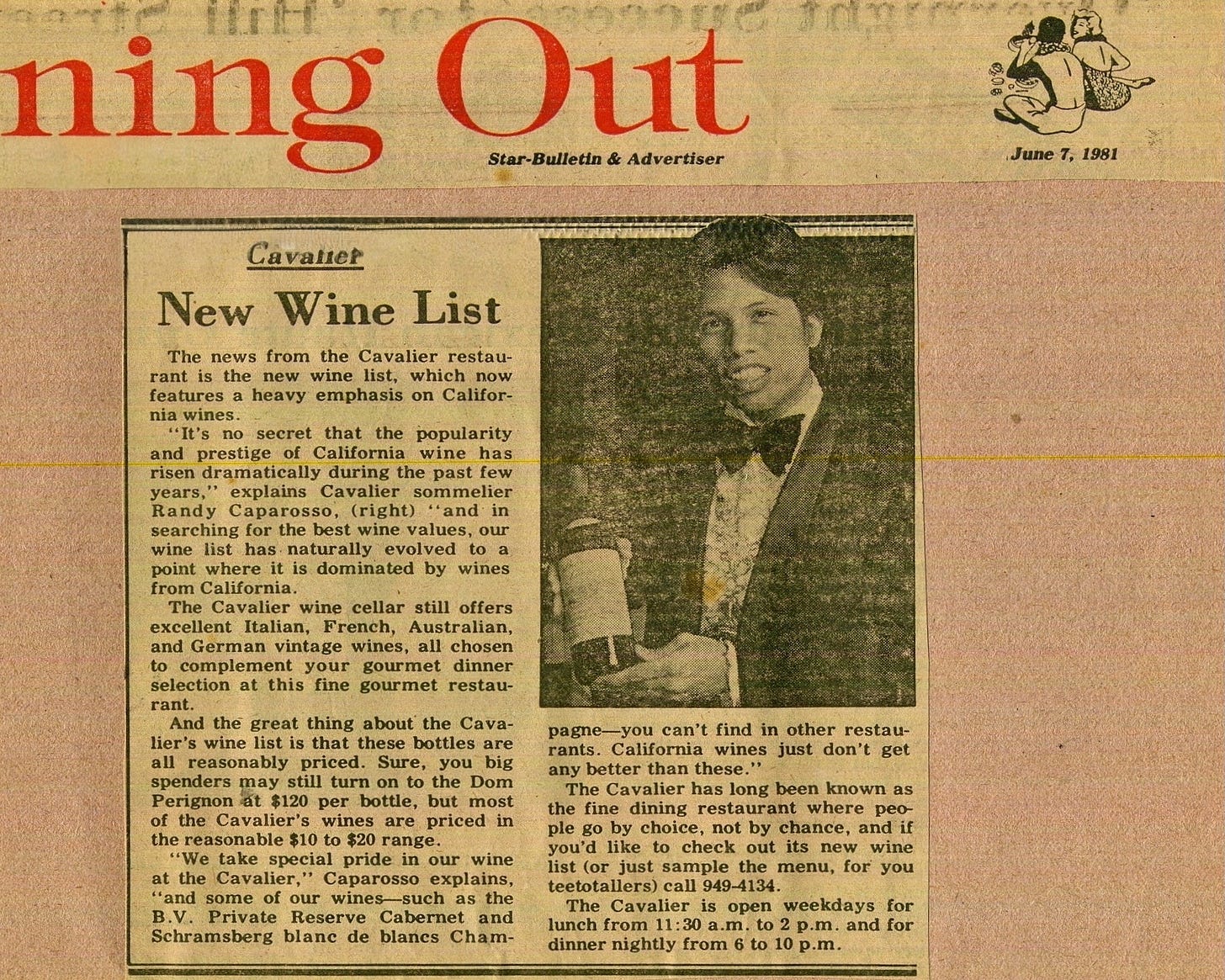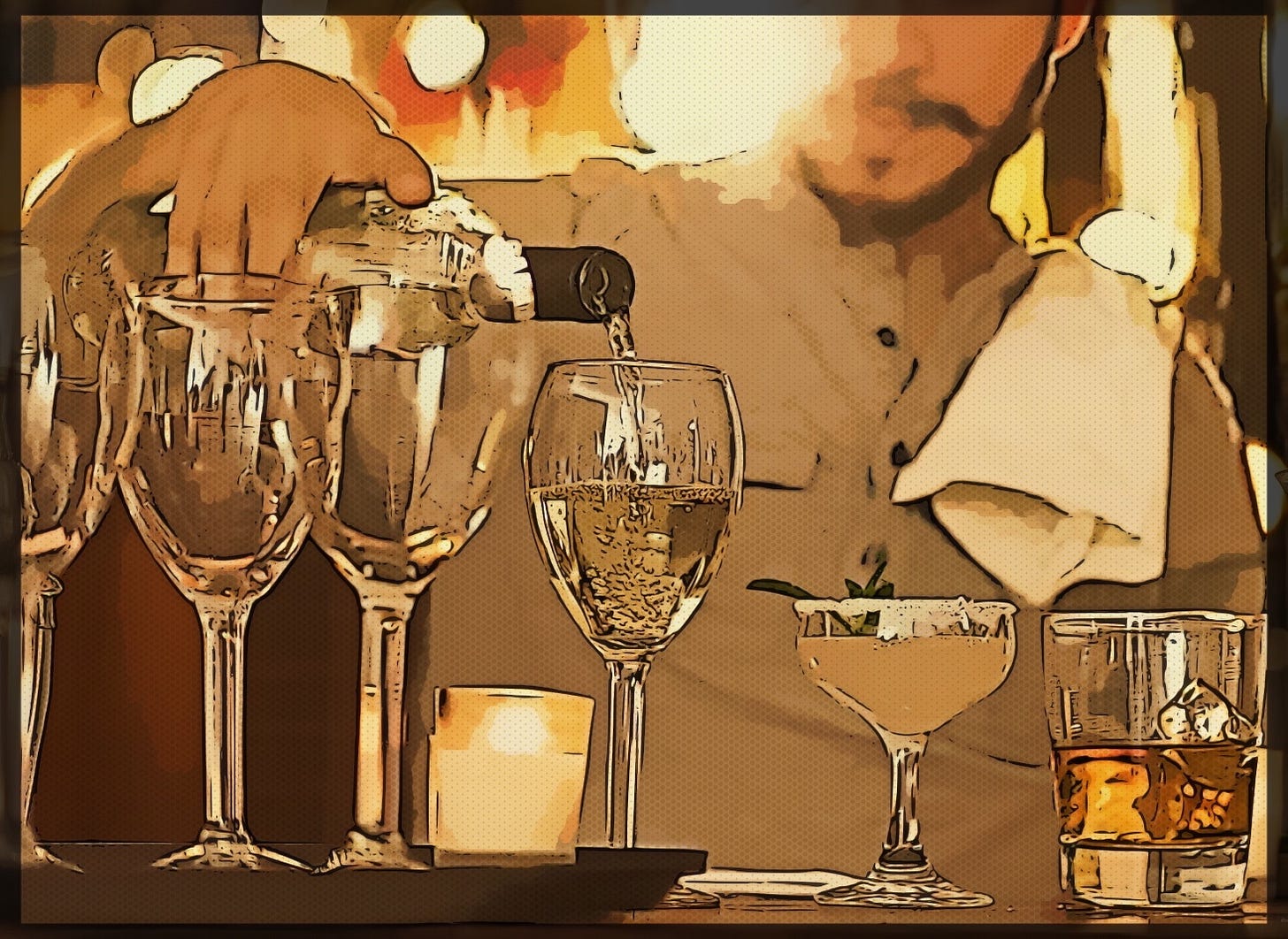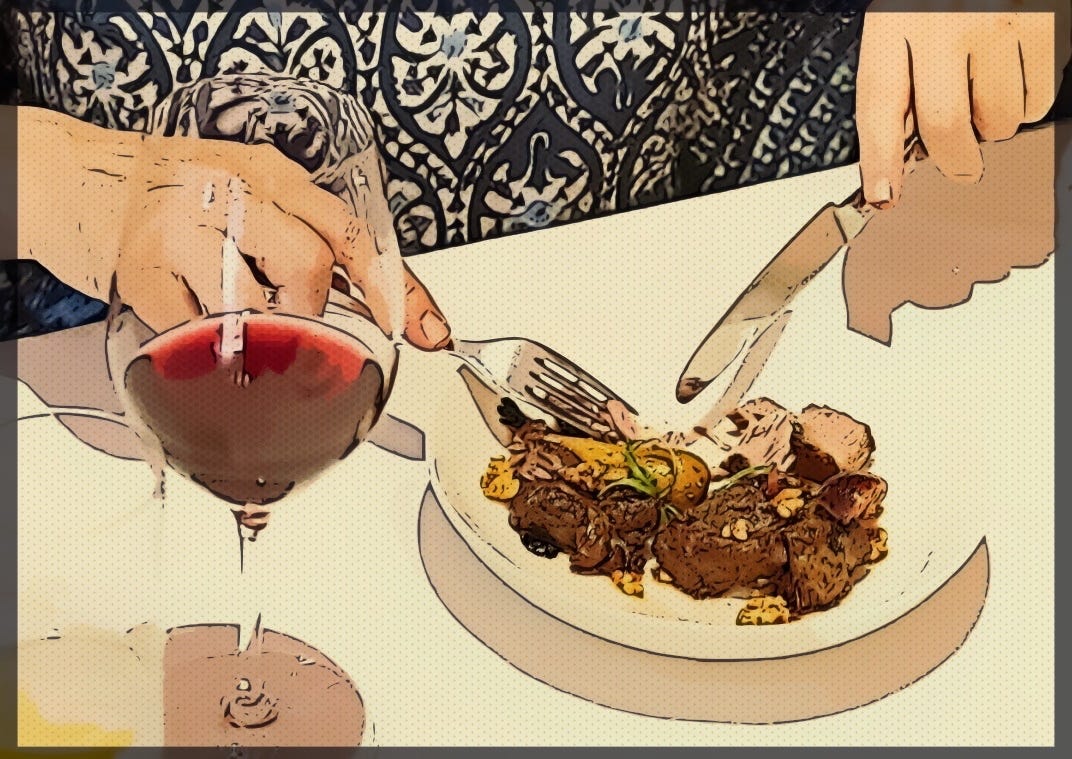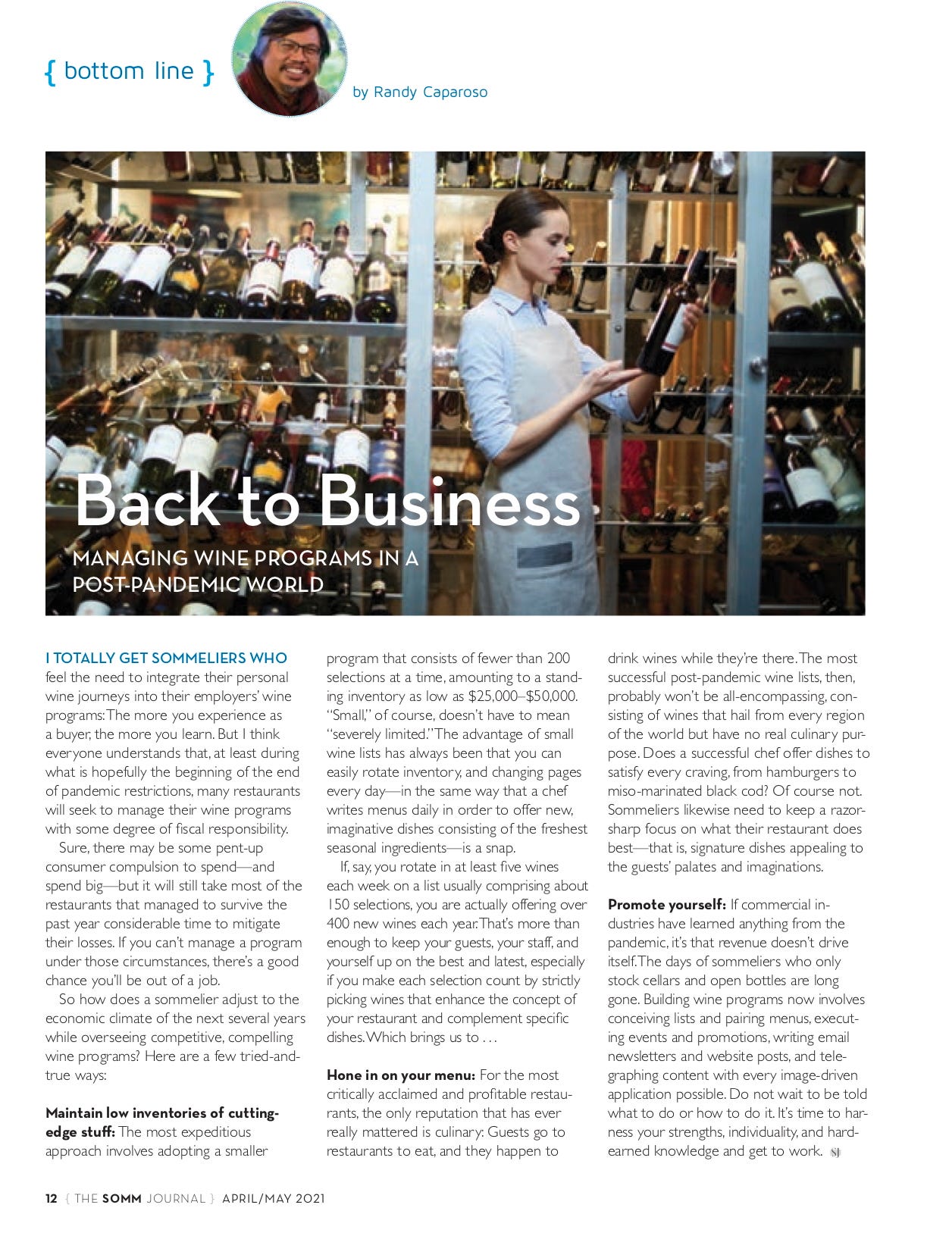Managing wine programs in a post-pandemic world
Sobering thoughts for sommeliers still oblivious to consumer moods and economic warning signs
Although it’s been over four years since this one-pager, “Back to business (managing wine programs in a post-pandemic world),” was published in The SOMM Journal, it has recently occurred to me that not only are we are still living in the same world, it’s gotten worse.
Number one, because wine costs are going through the roof. True, we need to select better and better wines for our lists because guests continue to get more sophisticated and demanding, but those wines are increasing in cost, exploding our inventories and inflating selling prices. It is no longer strange to walk into a restaurant and find that the lowest priced wines by the glass are $18, $25 or $30. I hate to sound like an old fart, but when I started in the business that was more than my lowest priced bottles.
Number two, recent social and political upheavals have only put the economy in a frailer state. Consumers are responding naturally, by consciously managing expenses more conservatively. They might recognize, and even accept, that wines by the glass in fine dining restaurants now start at $25, but it doesn’t mean that they like it. More and more of them are voting with their feet—by not dining out as often as they normally would.
Or, as it’s now pointed out in many places, instead of wine they’re opting for cocktails or beer. Beer can be good, and certainly filling. And cocktails, more imaginative than ever.
In short, though, wine is becoming less and less a beverage of choice in the on-premise setting.

But it doesn’t have to be that way. It’s like that old adage about the book entitled “How to Lose Weight,” which has just one page that reads: “Eat less food.” The logical response to rising costs is to look for wines that cost less but are just as good as any other wine. And in restaurants, “good” doesn’t mean just “good wine.” It’s even gooder when it makes your cuisine taste better—the entire objective, when you think of it, of any restaurant truly focused on delivering the best possible sensory experiences.
Now more than ever, selecting wine for culinary purposes has to become a science—something just as important as any of the sommelier’s professional pursuits, such as understanding the taste and origin of wines. Mastery of wine per se is no longer enough. Mastery of wine in the context of food and shrewd restaurant business management—paramount
Consumers may be tightening their belts, but it doesn’t mean they don’t like to go out, or will ever stop loving the taste of wine. They’re spoiled that way. It does mean that the restaurants they’ll choose to frequent most often are those that offer the best perceived values. The most sensory bang for the buck.
That said…
I totally get sommeliers who feel the need to integrate their personal wine journeys with their employers’ wine programs. The more you experience as a wine professional and buyer, the more you learn. But I think everyone understands that, at least during the beginning of the end of pandemic restrictions, many restaurants will be looking for wine programs managed with some degree of fiscal responsibility.
Sure, there may be some pent-up consumer compulsion to spend, and spend big; but it will still take most restaurants considerable time to mitigate their losses from the past year. That is, those restaurants that managed to survive the past year. If you can’t manage a program under those circumstances, there’s a good chance of landing back on square one—out of a job.
So how does a sommelier adjust to the economic climate of the next two or even three years, while putting out very competitive, compelling wine programs? Let’s talk tried-and-true ways:
Low inventories of cutting-edge stuff: The most expeditious approach, of course, involves a rethinking of small wine programs, consisting of less than 200, maybe even 100, selections at a time, amounting to standing inventories as low as $25,000 to $50,000. “Small,” however, has never meant “severely limited.” The advantage of small wine lists has always been that you can easily rotate inventory; and changing pages every day—the same way a chef writes menus daily in order to offer new, imaginative dishes consisting of the freshest seasonal ingredients—is a snap.
If, say, you rotate at least five new wines each week on a wine list usually consisting of about 150 selections, you are actually offering over 400 new wines each year—more than enough to keep your guests, your staff and yourself up on the best and latest. Especially if you make each selection count: Strictly wines that enhance the image of your wine program, and complement specific dishes. Which brings up...
Honing in on your food: For the most critically acclaimed and profitable restaurants, the only “image” that has ever really mattered is culinary. Guests go to restaurants to eat, and they drink wines while they’re there. The most successful post-pandemic wine programs will probably be built on cuisines, not the conventional idea of all-encompassing wine lists, consisting of wines from every region of the world for no real culinary purpose.
Does a successful chef offer dishes to satisfy every craving, from hamburgers to miso-marinated black cod? Of course not. Wine lists, like menus, need to focus razor-sharp on what each restaurant does best—that is, signature dishes appealing to the guests’ palates and imaginations. Meaning, thou shalt choose no wine to go on your wine list that does not go great with at least one dish, preferably more than a few dishes, and then...
Promote thyself: If commercial industries have learned anything from the pandemic, it’s that revenue doesn’t drive itself. The days of sommeliers whose only job is to sit with reps to taste wines, stock cellars and open bottles are long gone. Building wine programs now involves conceiving wine and food menus, executing events and promotions, writing email newsletters and website blogs, posting on social media, and telegraphing content with every image-driven application possible.
Do not wait to be told what to do, or how to do it. What’s that classic old marketing tagline? “Just do it” It’s time to harness your strengths, your individuality and hard-earned knowledge, and get to work.




